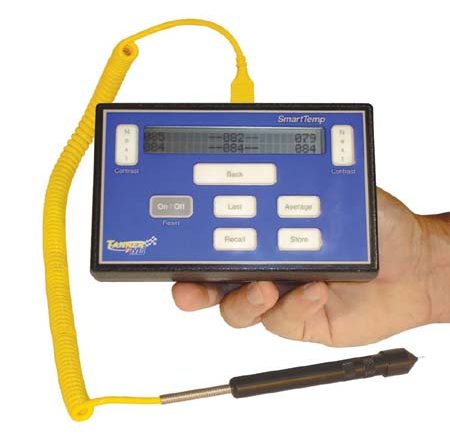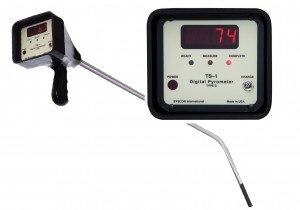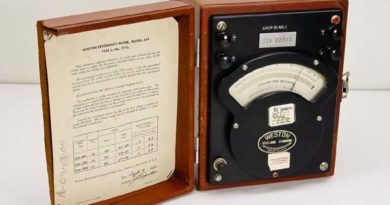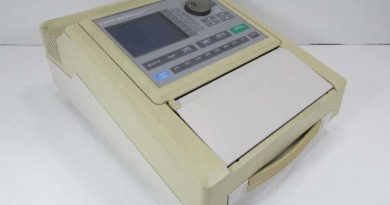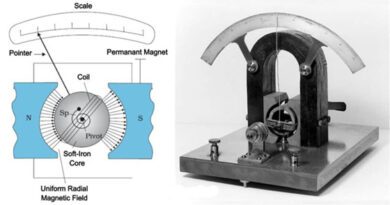ELECTRICAL METHODS OF MEASURING TEMPERATURE – PYROMETERS
The mostly used methods of measuring temperature an’ s follows:
(a) By mercury thermometers
(b) By gas thermometer;
(c) By pyrometers
Mercury thermometers are used for temperatures up to 300°C because mercury remains liquid over the range – 39°C to 357°C. Gas thermometers work on the principle of change in volume at constant pressure de to change in temperature. Gas thermometers are used up to 400. ‘C using hydrogen and up to 160°C using nitrogen. Pyrometers are used for the measurement of very high temperatures.
PYROMETERS
Pyrometers are used for the measurement of high temperatures which cannot be measured with an ordinary mercury thermometer. They use electrical methods of measuring temperature.
TYPES OF PYROMETERS
There arc four types of pyrometer namely
(a) Electrical resistance of pyrometers
(b) Thermo-electric pyrometers
(c) Radiation pyrometers

Electrical Resistance Pyrometers OR Platinum Resistance Pyrometers
Introduction In these pyrometers resistance material used is platinum. They measure temperatures ranging from -200°C to 1200°C.
Principle:
Resistance of a conducting material varies with increase of temperature. The phenomena is investigated by Callendar and Griffiths. “Resistance of a metal like platinum is changed with temperature and this change in resistance causes current to vary. From variation of current change, temperature is measured.”
Construction & Working:
The construction of a platinum resistance thermometer. A strain-free construction has been adopted. A helix of platinum wire is used as a resistance and is mounted in a fine tube. This tube is then bent into a hair-pin form and is enclosed in an outer sheath. The resistance element is connected as a four-terminal resistor having leads of gold. Above mentioned pyrometer resistance is mainly used in a Wheatstone bridge. The connections for the measurement of the change in resistance of the thermometer with temperature by a Wheatstone bridge. P and Q are equal ratio arms. Third arm is a variable resistance R and the compensating leads. The thermometer coil is contained in the fourth arm with a slide wire in between these last two arms. The bridge or measuring circuit is often situated at a considerable distance from the body whose temperature is to be measured. Therefore, in order to reduce the error in the long leads due to temperature, compensating leads are used. Any temperature changes which affect the leads also affect the compensating leads equally and thus the balance of the bridge network is not affected by them.

